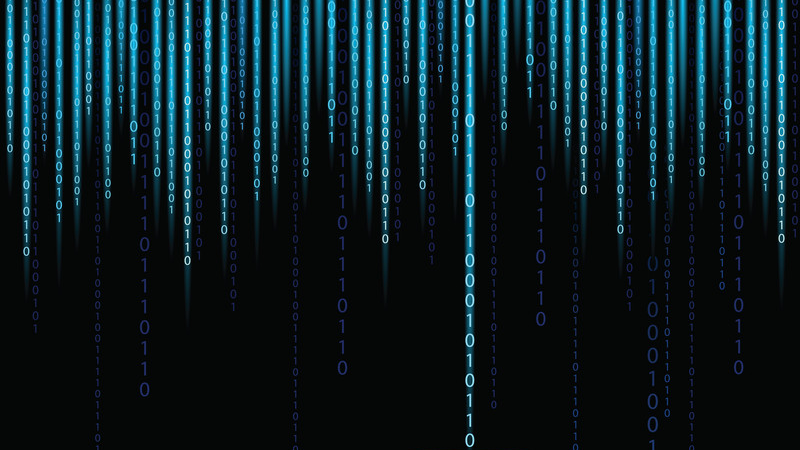
Education is changing. It is changing because our lifestyle has changed. Information is now instantly available, wireless, mobile and, at times, even pushed as notifications or alerts to our devices and inboxes. Accessibility is the key to this change. Starting at kindergarten and first grade, teachers can use this access to enrich and diversify the students’ experience. The implications for medical education may be even more profound.
Medicine is a unique type of training, made challenging by the sheer volume of knowledge required, the need to understand complex physiology and pathophysiology, literature that is constantly being updated, the need for clinical skills and reasoning, and much more. Furthermore, medical training is not just limited to students, but continues well into the professional life (e.g. specialty, subspecialty, etc.).
Medical students and interns go through an apprentice-like programme, gaining clinical experience and honing their medical reasoning based on clinical exposure. For many, good mentors at this period have a great impact on who they are today, and probably nothing will ever replace this important interaction.
However, we must also appreciate the inherent limitations of this system. Try recalling your own training. Did every lecture make sense? Could you always see the slides and hear properly? What if you wanted the last two sentences to be repeated? Could you even find a lecture on your specific topic of interest?
This is where e-learning becomes a necessary component of medical education. E-learning provides every user with a front-row seat in a class of their choice, which can be ‘attended’ in their free time, with the ability to view the learning material more than once. Such a platform can be extremely attractive to gastroenterologists and gastrointestinal researchers, and not just for viewing rare endoscopic findings and procedures.
When was the last time you (or your fellows) heard an excellent talk on the use of proton pump inhibitors (PPIs)? Understanding such a ‘bread and butter’ topic is paramount to our everyday practice, but may be considered too basic for inclusion at international meetings. This is an example of a larger potential caveat in available educational resources. Different programmes and societies may work to fill this gap, and here is one area where the UEG e-learning website comes in handy.
The UEG E-learning website now has a vast library of resources plus new e-courses; however, it also faces several challenges. The one that may prove hardest to overcome is the change in our lifestyle—the way we consume data.
In the 1999 Wachowski brothers’ blockbuster “The Matrix”, Neo is hooked up to a cable, and quickly obtains skills by means of a simple upload. This leads him to the realization “I know kung fu.” In real life this is not possible (for now!), and learning martial arts takes time, practice, dedication and more time; however, in an e-living environment, we expect everything to not just be accessible, but also high speed. This is a major challenge, as the bottom line is that this is still medicine, and topics are not always byte-size (pun intended).
The solution is flexibility, and understanding the strength of the e-learning platform, especially in gastroenterology. Indeed, the key is not to try to replace textbooks (nowadays many are also available online), but rather provide an added value, in a variety of formats. A great example of this is the upcoming “Mistakes in...” series. In this series, leading figures will cover some of the possible mistakes to avoid in their respective fields. This concise format is designed to be easy to digest, and provides distilled added value—delivering expert know-how and including insights that are not always found in textbooks.
To conclude, gastrointestinal training is a continuous process, with different requirements at various levels. UEG's e-learning platform is adaptive, designed to facilitate training and education using different formats suitable for our e-living times. While interaction with mentors is an irreplaceable experience, e-learning can undoubtedly bridge gaps and conserve local resources (as content can be adapted or translated rather than developed de novo). Looking to the future, the major milestones for e-learning in medicine will probably be inclusion as required training for fellows (in a manner that would suit local requirements), authorship recognition for academic CVs of contributors and accreditation of new non-course formats.
-
Further UEG Resources
-
About the Author
Dr Tomer Adar is a senior gastroenterologist at the Digestive Diseases Institute at Shaare-Zedek Medical Center (SZMC), affiliated with Hebrew University, Jerusalem, Israel. Dr Adar graduated from the Hebrew University Medical School in Jerusalem, completed his internal medicine training at Hadassah Medical Center, and his GI training at SZMC, where he was part of the IBD center and led the Gastro-Genetic Clinic for patients with familial cancer syndromes involving the digestive system. Combining clinical work with clinical and translational research, Dr Adar has led several scientific projects, including the use of a special dual-energy-based CT protocol for patients with Crohn's disease, characterization of the role of eotaxin-1 in IBD and demonstrating inflammatory aspects of portal hypertension. Dr Adar is currently conducting research as a research fellow in GI cancer genetics at the Gastroenterology Unit at Massachusetts General Hospital (MGH), affiliated with Harvard Medical School, Boston, MA. During UEG week 2013, Dr Adar was awarded a National Scholar Award for his work on adipose tissue regulatory lymphocytes. He is currently a member of UEG’s Young Talent Group and serves as a web editor for UEG’s e-learning team. Follow Tomer on Twitter @adartom.

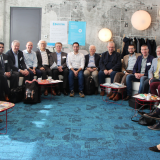
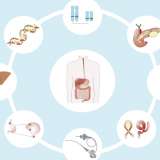
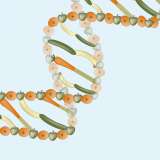
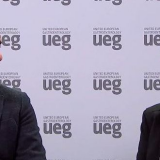
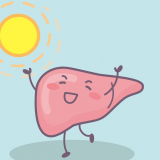
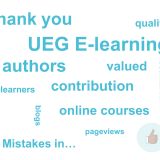
Please log in with your myUEG account to post comments.